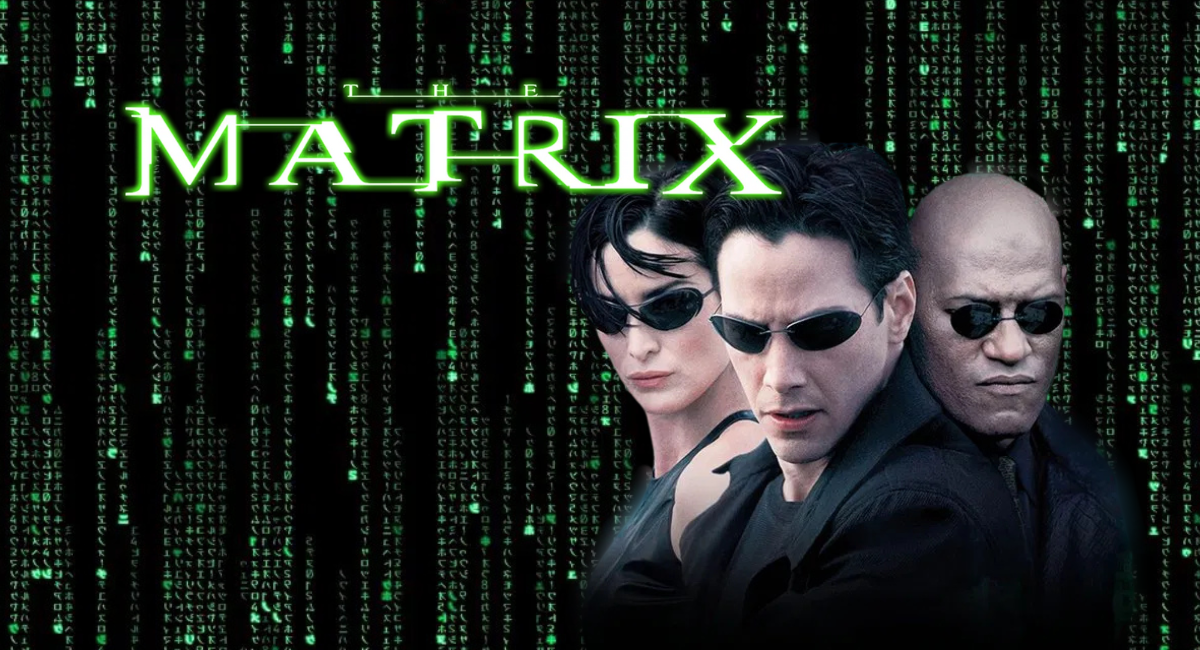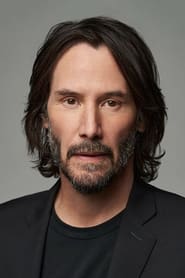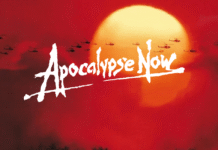The Matrix (1999): The Glorious, Gun-Toting, Latex-Clad Existential Crisis We Deserved
In 1999, while the rest of us were panicking about Y2K, the Wachowskis dropped a film that would fry our collective minds like a cheap Windows 95 laptop trying to run Crysis. The Matrix wasn’t just a film. It was an existential crisis wrapped in black leather and slow-motion gunfire.
Keanu Reeves plays Neo, a bored office drone who discovers that reality is a lie, he’s actually living in a simulation and that he might be The One. Oh, and he can now stop bullets with his mind and make kung fu look like ballet for goths.
Welcome to The Matrix – a movie so influential, it convinced millions that black trench coats and flip phones were cool for about five minutes.
Table of Contents
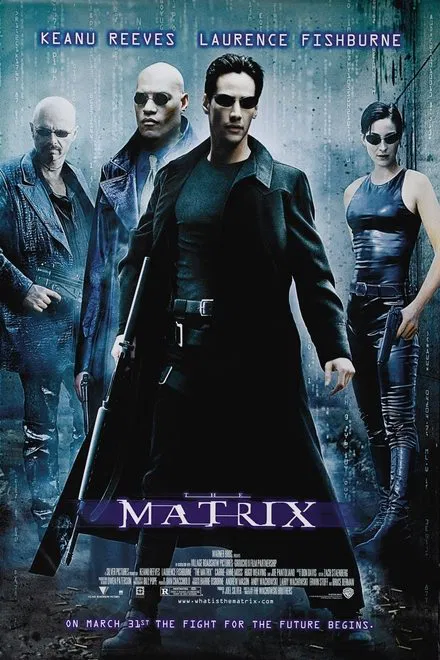
Plot Summary: Wake Up, Sheeple
Neo, a.k.a. Thomas Anderson, spends his nights hacking computers and his days falling asleep at his soulless tech job—basically every coder in Silicon Valley. But his late-night digital wanderings lead him to Morpheus (Laurence Fishburne), a cyber-prophet in mirrored shades and Trinity (Carrie-Anne Moss), who kicks more ass than a boot factory.
They show him the truth: the world he knows is a simulation called the Matrix, designed to keep humanity docile while intelligent machines suck energy from their bodies like futuristic vampires. It’s like The Sims, but with better dialogue and significantly more existential dread.
Neo must choose: take the blue pill and return to blissful ignorance, or take the red pill and see the real world—a post-apocalyptic wasteland where humans live underground and eat what looks like snot-flavoured porridge.
Naturally, he chooses the red pill. (Because otherwise, it’d be a short film.)
Keanu Reeves as Neo: The Wooden Messiah We Deserve
Let’s be real. Keanu doesn’t exactly ooze emotional depth, but in The Matrix, that’s kind of the point. He plays Neo with the blank confusion of a man trying to set up a printer without instructions and somehow it works.
By the end, he’s dodging bullets, flying and casually rearranging the laws of physics like he’s hacking a cheat code for life. It’s the ultimate nerd fantasy, your code finally works and now reality itself runs at your command.
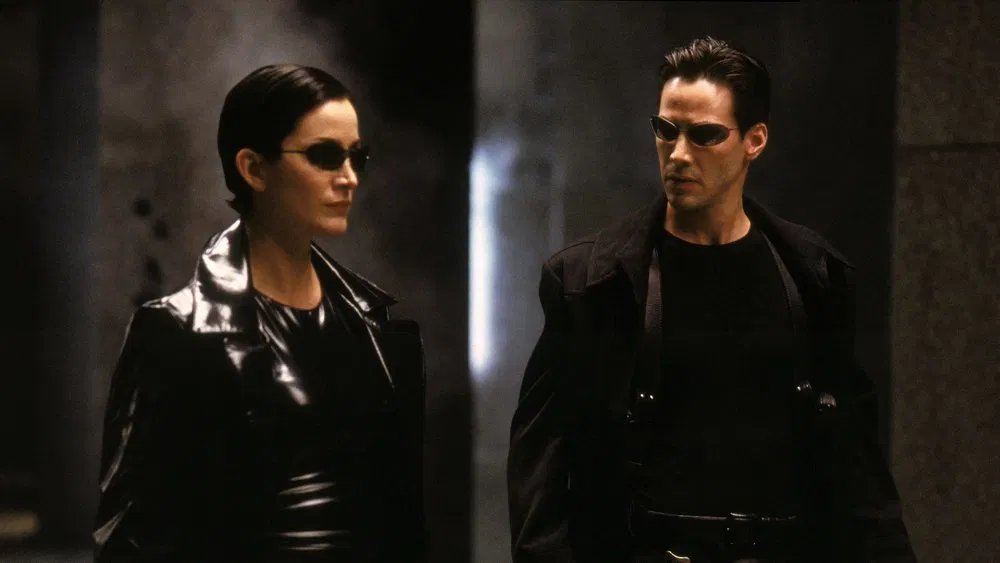
Laurence Fishburne: Yoda in Sunglasses
As Morpheus, Fishburne delivers cryptic, wisdom-laced monologues while looking like he just walked out of a fashion week for techno monks. He believes in Neo more than your mum believed in your Year 6 poetry competition. He’s calm, collected and has the unnerving confidence of someone who’s seen how the world ends and still has time for tea.
Carrie-Anne Moss as Trinity: Hacker, Hero, High-Heel Assassin
Trinity is the cyberpunk answer to “What if coolness could punch you in the throat?” She kicks off the film by defying gravity, breaking ankles and breaking hearts in PVC. She’s the emotional anchor of the story—if by “emotion” you mean staring blankly while shooting agents in the head.
Agent Smith: Bureaucracy With a Gun
Hugo Weaving’s Agent Smith is the physical embodiment of corporate loathing, a deadly Microsoft Office update with legs. His hatred of humans is so palpable, you expect him to start offering synergy workshops and demanding quarterly reports before executing you in slow motion.
He’s monotone, menacing and weirdly poetic for a glorified spreadsheet in a suit.
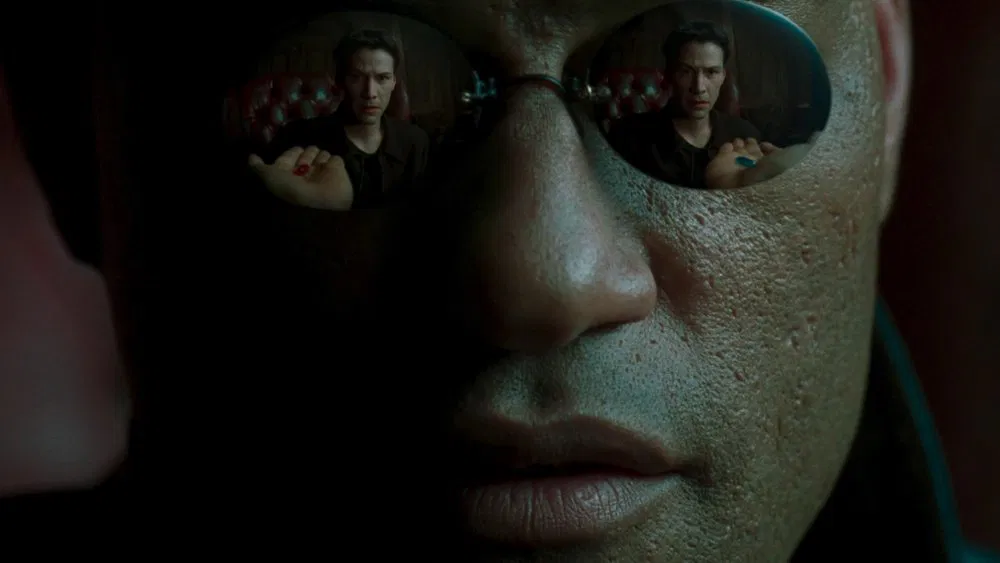
Themes: Simulation, Control and Midlife Crisis
Let’s get philosophical, shall we?
- What is real? (Thanks, Descartes.)
- Are we free, or just running a program?
- And why does every dystopian film have such bleak interior design?
The Matrix touches on existentialism, technology, free will and how wearing sunglasses indoors is apparently a mark of intellectual superiority.
It’s like Plato’s cave, but with better fight choreography and fewer togas.
Iconic Scenes (a.k.a. The Bits Everyone Parodies)
- Bullet time: Neo dodges bullets like he’s on a first date with gravity.
- The rooftop jump: A metaphor for taking risks. Or just showing off.
- “There is no spoon”: A child monk teaches Neo to bend reality, but mostly just makes you question your crockery.
- The lobby shootout: The most stylish mass destruction ever filmed, featuring trench coats, guns and zero regard for property damage.
Cultural Impact: Reality Hasn’t Felt Right Since
The Matrix didn’t just change cinema—it changed language, fashion and internet forums full of people who insist we’re in a simulation. It brought cyberpunk to the mainstream, revived Keanu’s career and made every Philosophy 101 student unbearable for at least a semester.
Suddenly, everyone was questioning reality. Or at least pretending they understood Baudrillard.
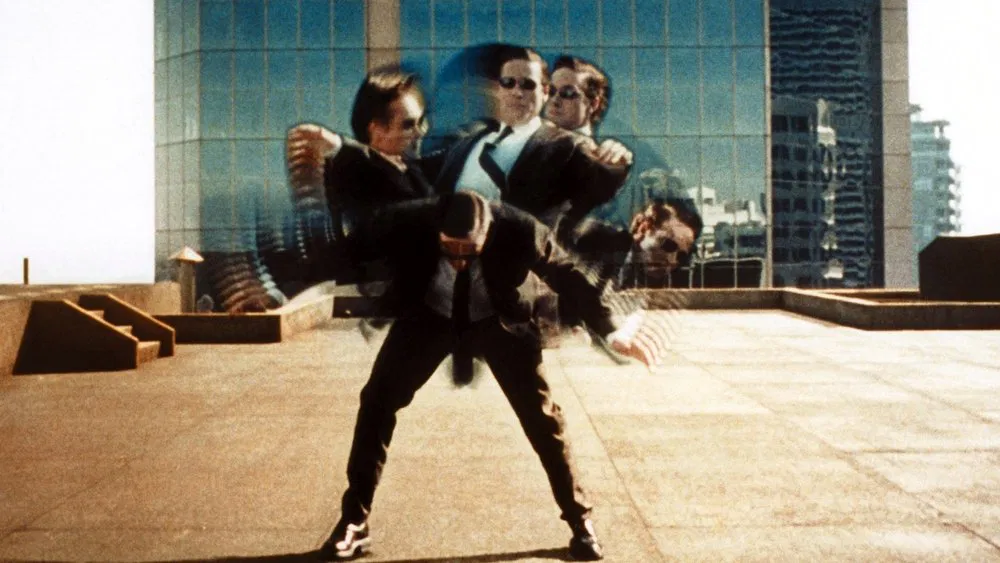
Awards and Reception: Critics Took the Red Pill Too
- 4 Academy Awards, mostly for sound and visual effects, because apparently inventing bullet time isn’t enough for Best Picture
- Worldwide box office: Over $460 million, back when that was still an insane amount of money
- Critics and fans alike were blown away. Mostly because their brains were leaking out of their ears from trying to understand the plot.
The Sequels: Philosophy 301 with Extra Punching
Let’s not pretend Reloaded and Revolutions made any sense. They didn’t. They were like watching a philosophy major explain AI ethics while being repeatedly hit with a pipe. But they looked cool and The Architect scene was the perfect cure for insomnia.
Resurrections came later, a meta-commentary on itself being rebooted. Some found it clever. Others found it like staring into a cracked mirror while someone screamed “branding!” in your face.
My Final Thoughts: Stylish, Smart and Still Screwing With Your Head
Psycho remains a masterpiece because it dares you to get comfortable and then plunges a metaphorical (and literal) knife straight into your expectations. It’s the horror film that politely greets you at reception, offers you a towel, then dismembers you in the tub.
It’s taught generations to mistrust awkward men who live with their mothers and to never, ever stay at motels run by people who collect birds and giggle at dinner.
A genre-defining masterpiece that made plumbing terrifying and psychiatry cool. Psycho didn’t just change horror—it dissected it, stuffed it and put it in the basement.

If You Like The Matrix, I Recommend These Movies:
- Inception – for dream logic and confusing staircases
- Ghost in the Shell – for cyberpunk brain implosions
- Dark City – for another reality-warping film no one saw because The Matrix did it better
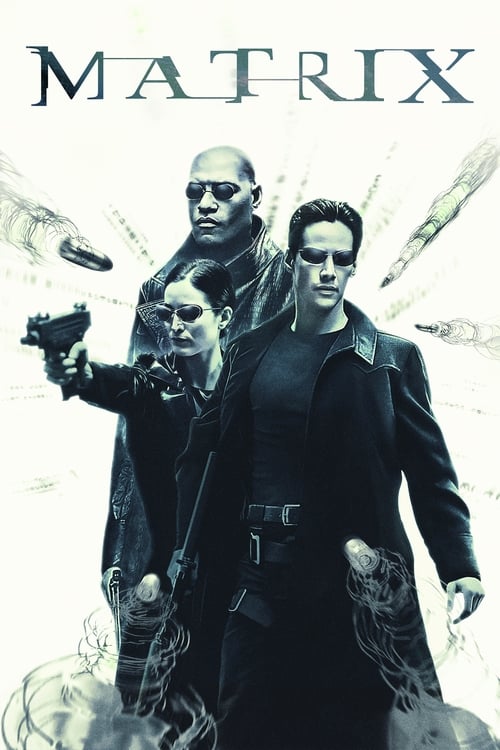
The Matrix
Neo
Morpheus
Trinity
Agent Smith
Oracle
Cypher
Tank
Apoc



